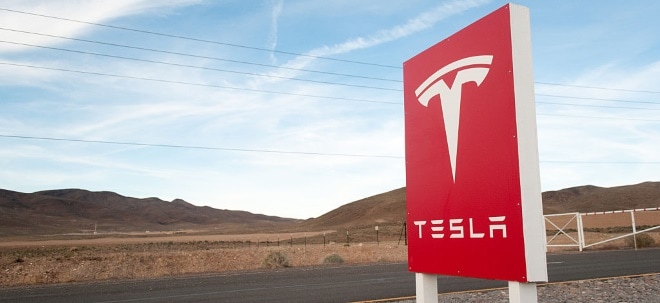Shrinking Snowpack Erodes Half of Summer Tree Growth Carbon Gains
Ten-year Hubbard Brook study signals need to recalibrate climate-action targets that count on temperate-forest carbon sinks
WOODSTOCK, N.H., July 8, 2025 /PRNewswire/ -- Cutting greenhouse-gas emissions by "letting forests do the work" may be less reliable than many climate strategies assume. A decade-long field experiment at the Hubbard Brook Experimental Forest finds that warmer summers boost tree-stem carbon by 63 percent, but loss of insulating winter snow and the resulting soil freeze-thaw cycles erase roughly half of that benefit. The new data suggest that models now guiding state, regional, and federal climate plans overestimate future carbon storage in northern temperate forests.
Key points
- Net effect: Warmer growing seasons ↑ tree-stem carbon 63 %, but added winter freeze-thaw cycles ↓ that gain to a statistically insignificant 31 % above today's levels.
- Scale-up: Across 3.3 million hectares of northeastern hardwoods, snowpack loss could negate 1.25 Tg of the 2.24 Tg C yr⁻¹ extra uptake projected from summer warming alone.
Policy hook: Temperate-forest offsets currently figure in dozens of state decarbonization roadmaps; those targets now warrant review.
"Tree roots are the forgotten victims of climate change; when snow's insulation disappears, soil freeze/thaw cycles hit them hard.," said Pamela Templer, senior author and professor of biology at Boston University
Andrew Reinmann of the City University of New York added, "Our decade-long experiment shows why Earth-system models need to incorporate how ecosystem processes respond to changes in winter climate, not just warmer summers."
The Climate Change Across Seasons Experiment (CCASE), begun in 2012, uses buried heating cables to raise soil temperature 5 °C in the growing season and manual snow removal to trigger up to four naturalistic freeze-thaw cycles each winter—conditions New England is projected to experience by 2100. Researchers tracked red maple growth with dendrometers and matched the plot data to U.S. Forest Service inventory records to estimate regional impacts.
Forest carbon uptake currently offsets about one-fifth of annual U.S. fossil-fuel emissions. "Temperate forests aren't as large a climate safety net as previously expected" says lead author Emerson Conrad-Rooney of Boston University, "since half its warming-induced ability to sequester carbon unravel due to a smaller winter snowpack."
Paper details
"Declining winter snowpack offsets carbon storage enhancement from growing-season warming in northern temperate forest ecosystems," Proceedings of the National Academy of Sciences (PNAS), DOI: 10.1073/pnas.2412873122.
Visuals & supporting materials
Photos of the experimental plots and graphics of carbon-storage trends are available here on Google Drive.
Media contacts
- Media inquiries: Andrew Cassel, Hubbard Brook Research Foundation – acassel@hubbardbrookfoundation.org, +1 907-750-3088
- Scientific questions: Emerson Conrad-Rooney – econradr@bu.edu
Hubbard Brook Experimental Forest
Established in 1955 in the White Mountain National Forest, Hubbard Brook (Campton, N.H.) is a living laboratory for long-term ecosystem studies. Its research has shaped air-quality standards, acid-rain policy, and forest-management practices worldwide. The Hubbard Brook Research Foundation (HBRF) facilitates science, education, and outreach at the site. Learn more at hubbardbrook.org.
![]() View original content to download multimedia:https://www.prnewswire.com/news-releases/shrinking-snowpack-erodes-half-of-summer-tree-growth-carbon-gains-302500333.html
View original content to download multimedia:https://www.prnewswire.com/news-releases/shrinking-snowpack-erodes-half-of-summer-tree-growth-carbon-gains-302500333.html
SOURCE Hubbard Brook Research Foundation






